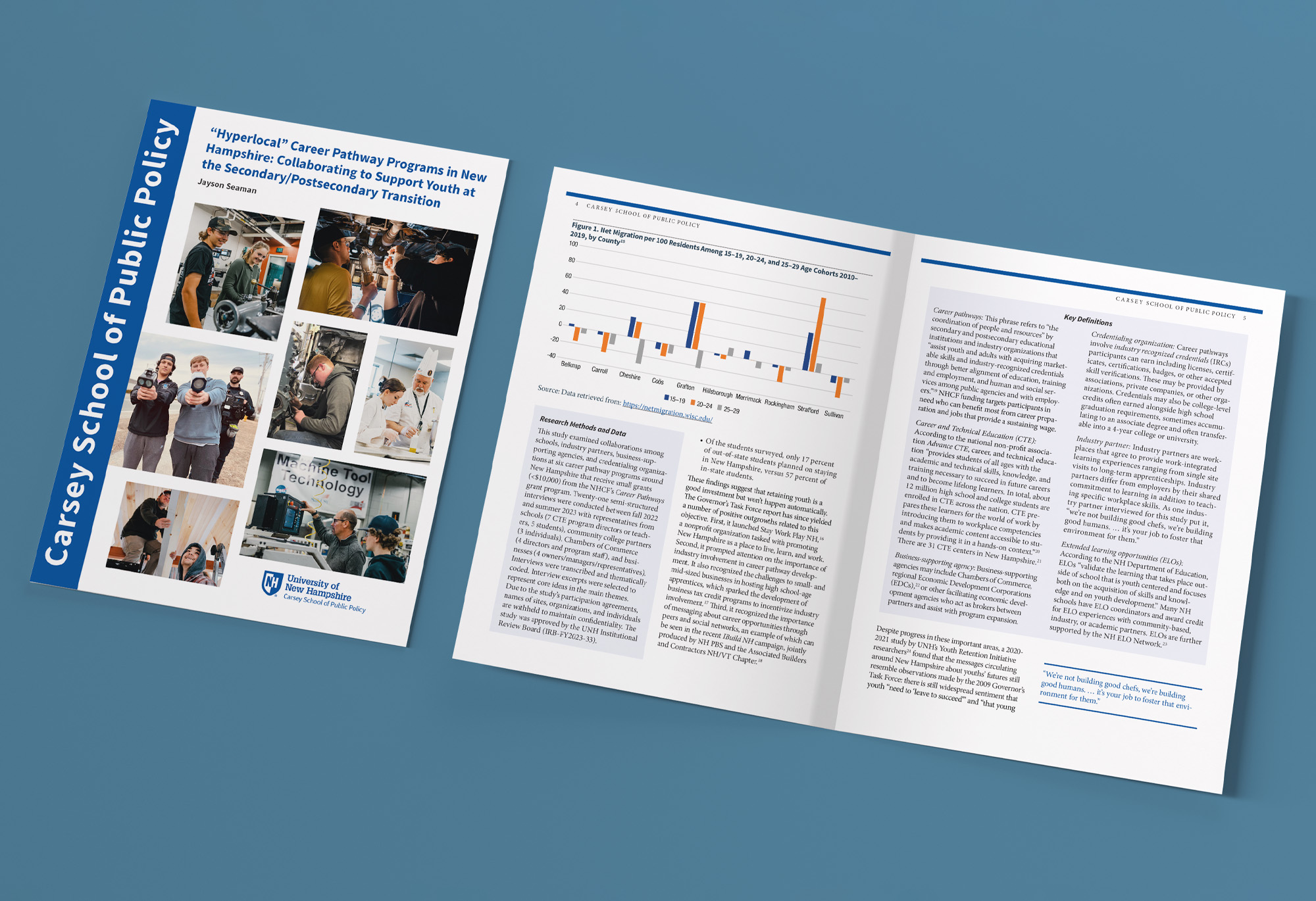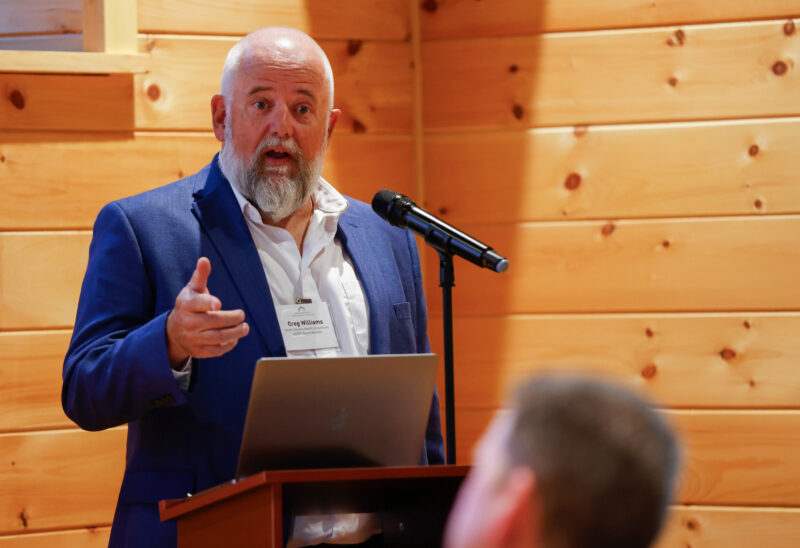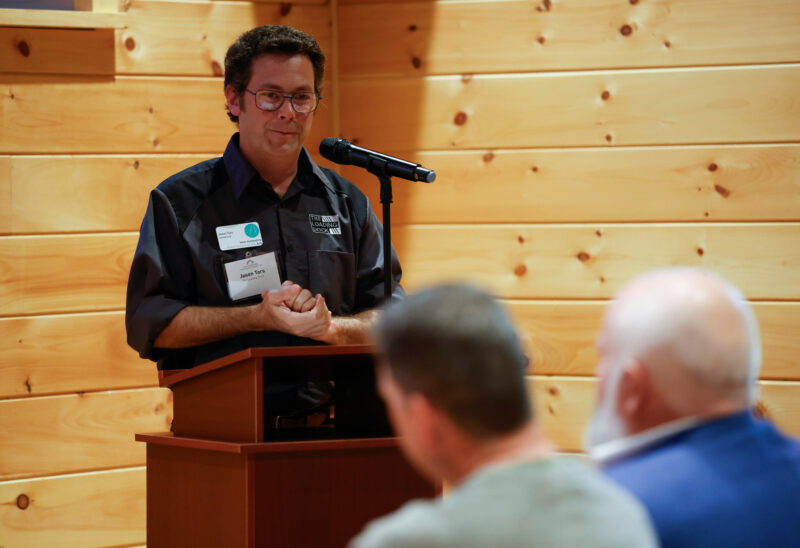New Hampshire’s young people are leaving the state at a rate that should alarm anyone who plans to age here.
Employers already struggle to find people to fill meaningful positions in high-demand fields: From health care to high tech to the traditional trades. New Hampshire has among the highest median ages in the country, with a large demographic bubble heading for retirement.
Our young college graduates carry the highest student-debt load in the nation, and our state universities are among the most expensive in the country.
For many young people, it is hard to see an on-ramp to a career in New Hampshire that is accessible, affordable and efficient.
According to a recent report from the University of New Hampshire’s Carsey School of Public Policy: “By 2032, New Hampshire will have 197,000 positions available across its top 80 occupations, with labor force growth projected to fill only 6,100 of those jobs.”
Fortunately, we now have a proven model for building career on-ramps – one that is multiplying around New Hampshire and is primed for a coordinated state-level effort to replicate and scale statewide.
The Carsey School report identifies what works for building hyperlocal career pathways that help our young people thrive in school, career and community. The key: Collaboration.
The Charitable Foundation has been supporting efforts to build these career pathways across the state. The Foundation has acted as convenor, bringing together key community partners, and has provided funding to help bring the projects to fruition. Young people in 15 locations around New Hampshire are getting the tools they need to step into careers in everything from health care to outdoor recreation to the traditional trades and public safety.
To help all of our children to thrive, we need to provide options. Some students will want to go to four-year colleges, some to community colleges, and some want to head directly into meaningful work experiences with opportunities for advancement and career development.
The new report, entitled “’Hyperlocal’ Career Pathway Programs in New Hampshire: Collaborating to Support Youth at the Secondary/Postsecondary Transition,” was written by Jayson Seaman, a Carsey Faculty Fellow at UNH, also outlined areas of ongoing need.
Key findings:
- Cross-sector partnerships are playing a critical role in helping New Hampshire youth transition into postsecondary education and work.
- The partnerships work best when they involve collaboration and flexibility and provide exposure to career roles and hands-on practice with key skills.
- Efforts are succeeding due to a willingness to collaborate, work hard, and reduce barriers at the local level, but greater statewide coordination, leadership, and support are needed to maximize outcomes at a wider scale.
The partnerships we have had the honor of convening have succeeded when they have included schools, businesses, an accrediting organization and a chamber of commerce or other business-supporting entity.
One such program, in Hampton, was replicated to Manchester with the help of funds from the American Rescue Plan Act, awarded through the state. As we continue to help such career pathways flourish, and support new collaborations in communities, we see a prime opportunity for New Hampshire to adopt this model at the state level so that young people in every corner of the Granite State can share in these opportunities.
Read the full report here.



















